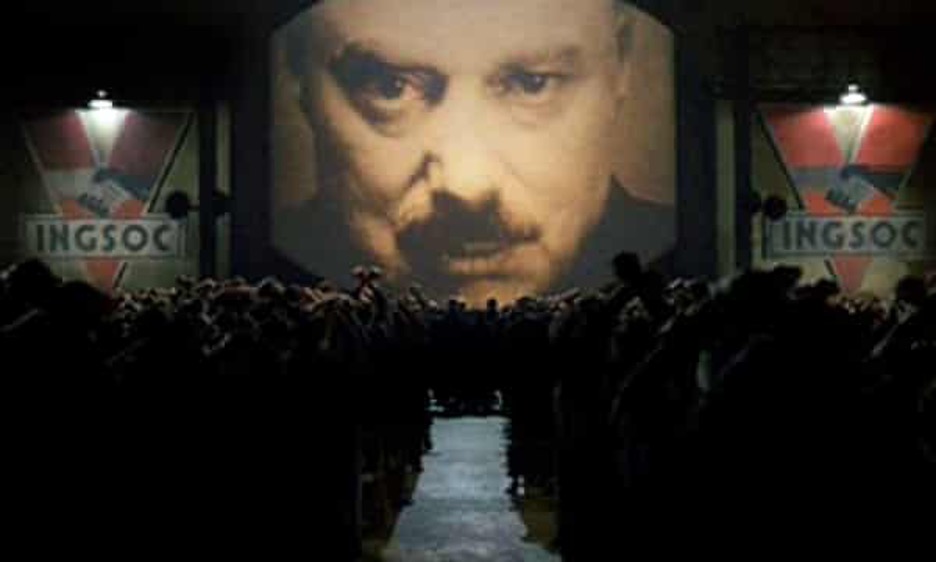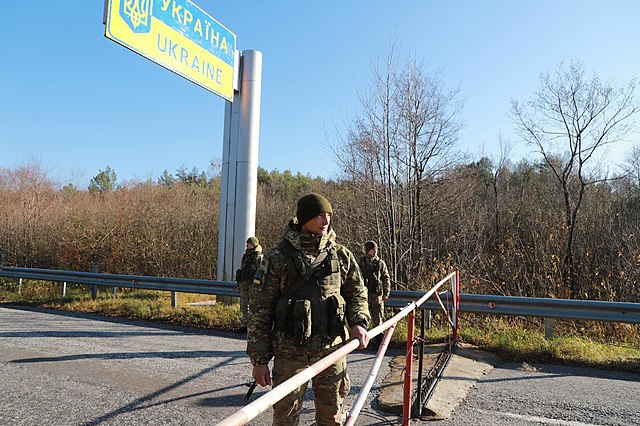Ukraine Unearthed: Sorting Through Ruins (Part One)
April 12, 2022
This will be the first in a series of articles covering the war in Ukraine. Report back to the Yellow Jacket Newspaper’s website for more!
March 24 2022 marked one month since the most recent Russian invasion and subsequent war in Ukraine began. With no clear end in sight, it is crucial that global citizens better understand the atrocities this war has triggered, the facts omitted, and the far-reaching complexities that implicate the world at large.
In the early hours of February 24, 2022, the Russian military presence that had built up outside of Ukrainian territory under the guise of “routine training exercises” moved in, intent on breaching Ukraine’s borders by land, air, and sea. A war on three fronts, only the west of the country was spared.
Many civilians fled from their homes to safety in sanctuary cities further west. As of April 5, as many as 4.3 million refugees have flooded countries near and far, especially in eastern Europe. As many as 6.5 million are said to be displaced within Ukraine. This mass exodus is among the worst in recent history.
The United Nations classified the current circumstances as an official humanitarian crisis, noting that the global implications would be visible far and wide.
President Biden has committed to supplementing Ukraine with $2 billion in aid since the beginning of his administration. For a full breakdown on what the Biden administration’s aid package contains, see here. The U.S. military is stationed throughout Europe with a strong presence in eastern European countries, the most numerically notable being in Germany and Poland. Many other countries have done the same.
The world community is gathered to offer humanitarian aid in partnership with charitable organizations such as Doctors without Borders and UNICEF, as well as other humanitarian aid agencies. President Biden also pledged to welcome 100,000 refugees’ solitude on American soil.
A U.N. estimate released on April 5 confirmed over 3,600 civilian casualties, but many reports speculate that the number is much higher considering the lack of access to certain isolated conflict zones.
Russia released an estimate of its force’s casualties numbering around 10,000. However, this post was later deleted, with the Russian government citing a cyber-attack responsible for the announcement. Most all parties agree that this toll was inaccurate, but the Western world reports that it is likely much higher, upwards of 15,000. The casualties of Ukrainian forces are unclear, with President Zelensky saying in early March that 1,300 casualties have been incurred. Accurate numbers can be hard to come by in war times.
In March, President Biden joined other world leaders in the assertion that Russian President Vladimir Putin has committed war crimes in Ukraine.
The World Health Organization verified that at least 64 hospitals had been attacked in Ukraine between February 24 and March 21. Seismic Russian attacks on nuclear sites like Chernobyl and Zaporizhzhia are among the many violations of international law that bring into question the endgame of this war.
As Russian forces began to retreat from the regions surrounding Kyiv in the past few days, further evidence of treachery befell the world, reinforcing President Biden’s comments and solidifying the horror of this war in the eyes of the entire global community.
Streets in the city of Bucha were littered with bodies, clothes bloodied; hands tied behind their backs with evidence of torture apparent. Dead women displayed evidence of rape; children were discovered lying lifeless beside their family members. Many were shot execution-style by Russian troops. Beside a nearby church, a trench containing bodies were uncovered. A chilling location for a mass grave.
The troops fight on, with many combatants deployed voluntarily to fight on behalf of the Ukrainian people. Many civilians are still trapped in besieged cities, concealed in the subterrain oblivion of soviet area bomb shelters. Some have noted that the siege of Ukrainian cities is painfully reminiscent of the ruthless assault of Leningrad while under Nazi fire during World War II. It is widely reported that people in these bomb shelters have little to no access to food or water. Rations and ammunition required by Ukrainian forces are under constant strain.
Mothers are giving birth, unmedicated in basements, forced into premature labor by the constant stress of air raid sirens and the chilling music of weapon fire, with their makeshift beds covered in dust as the foundations of their shelters quake with each missile strike.
Throughout Ukraine, many more will be found wounded, traumatized, and dead. The task of unearthing a nation from the rubble of war is underway, and nobody quite knows when peace will usher in the reconstruction of the country that so many call home. Most tragic of all is the uncertain future that lies ahead.





















